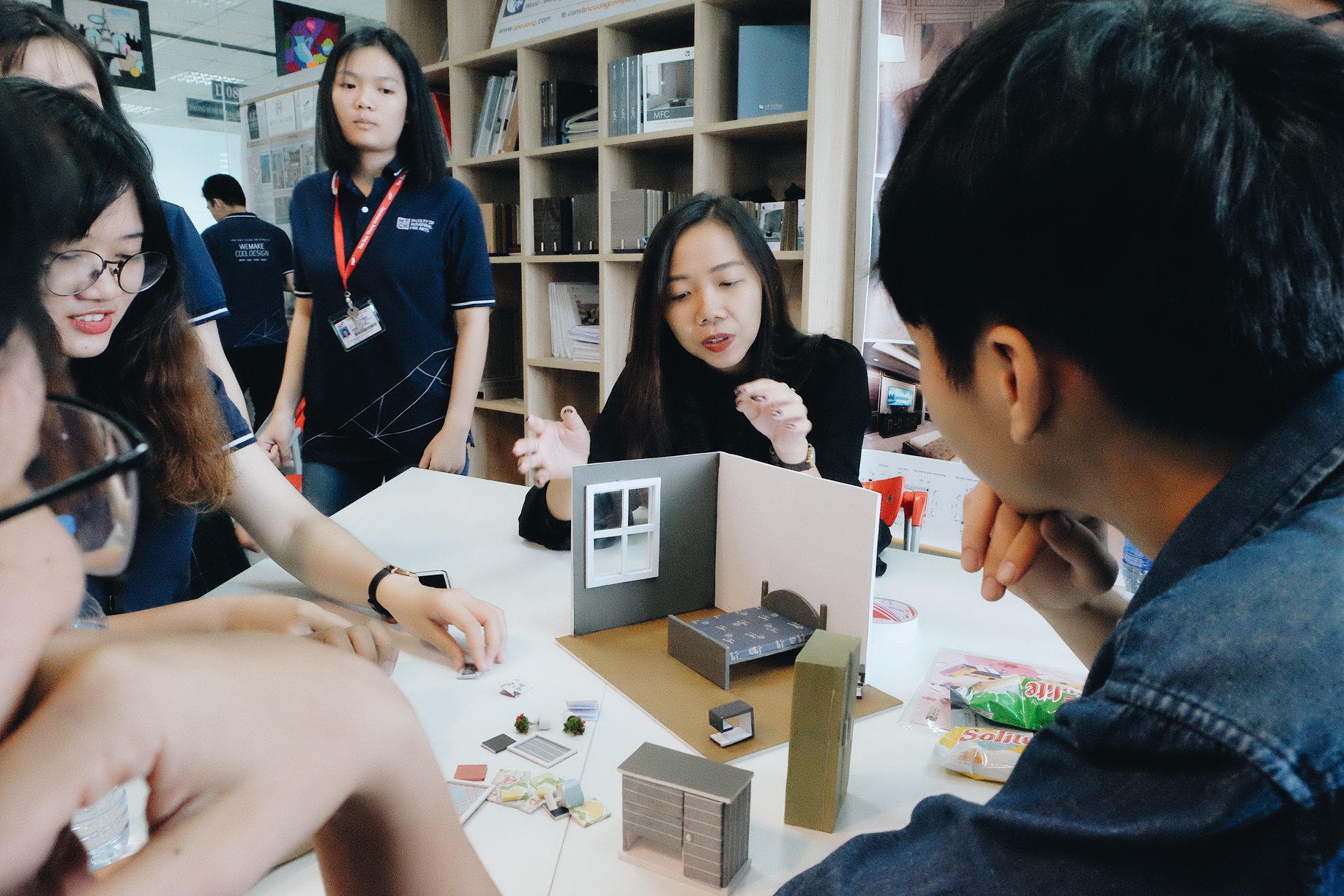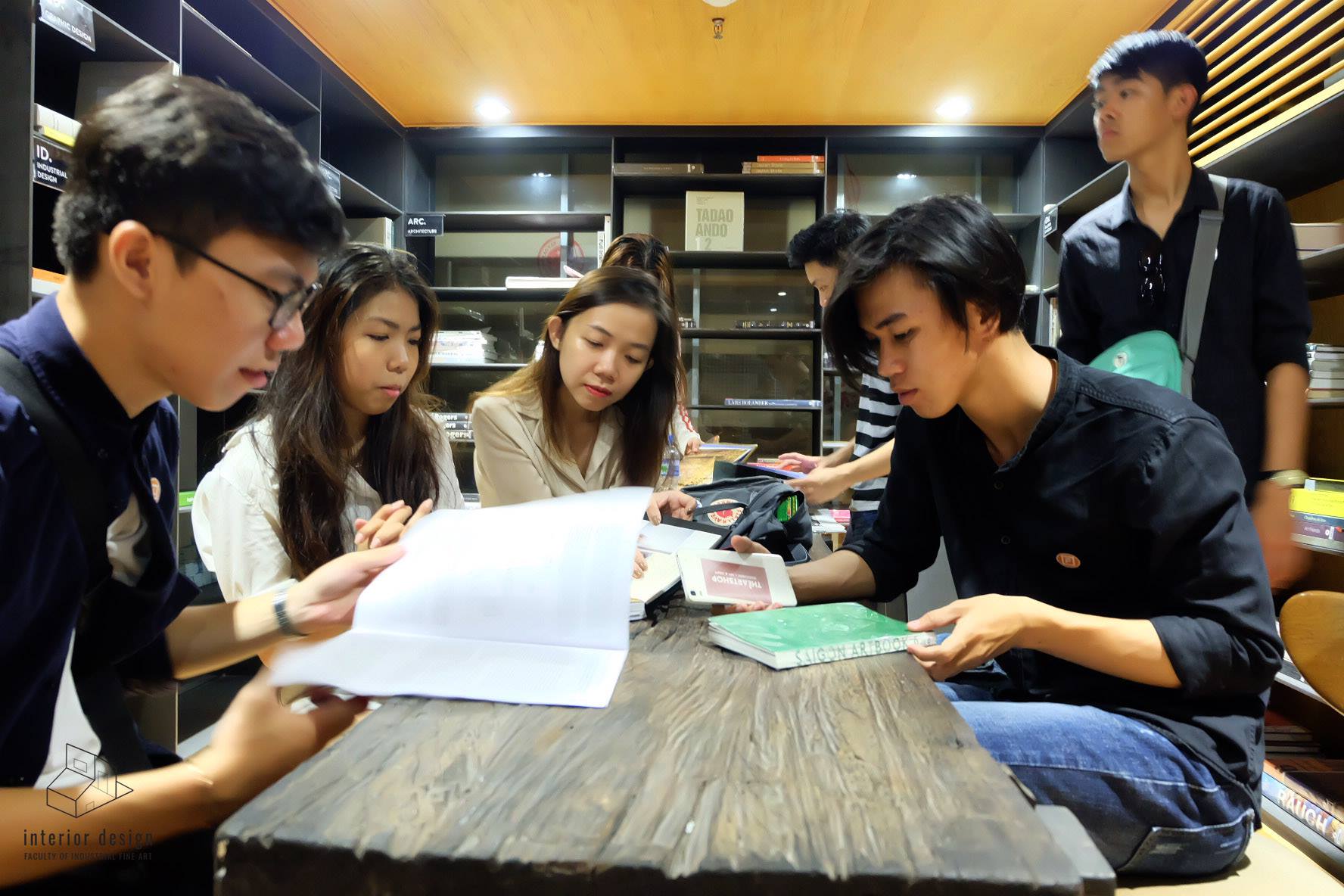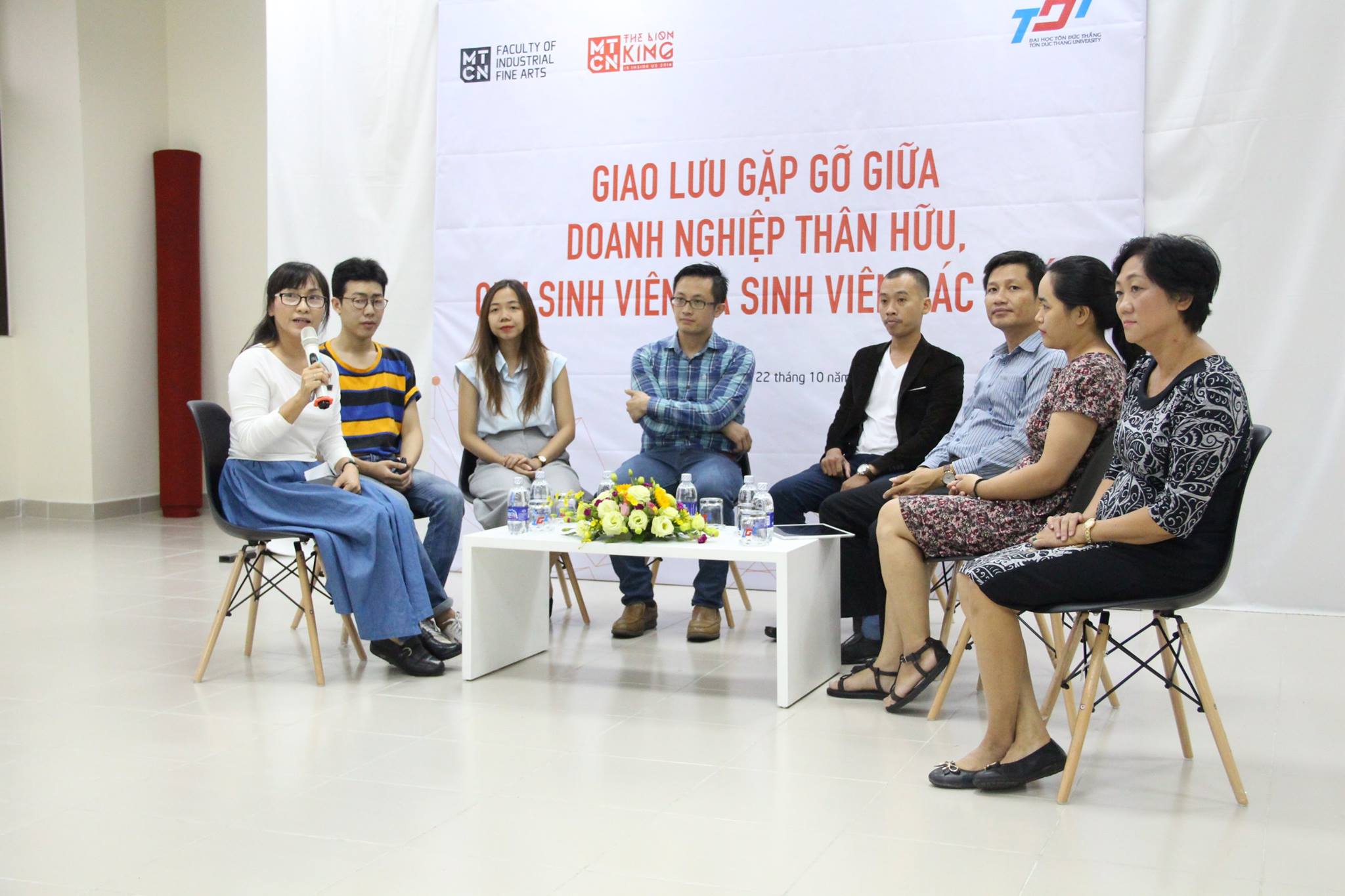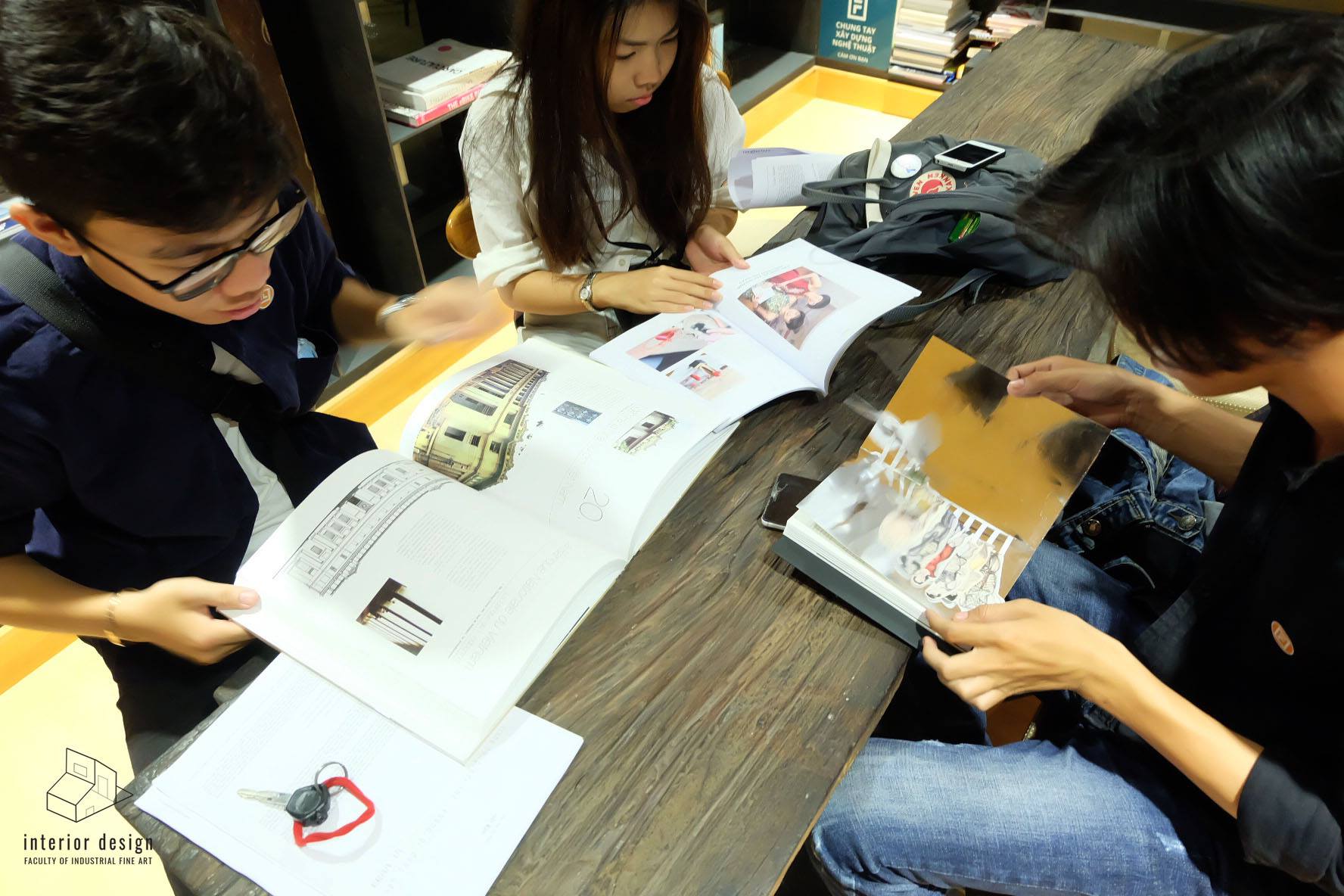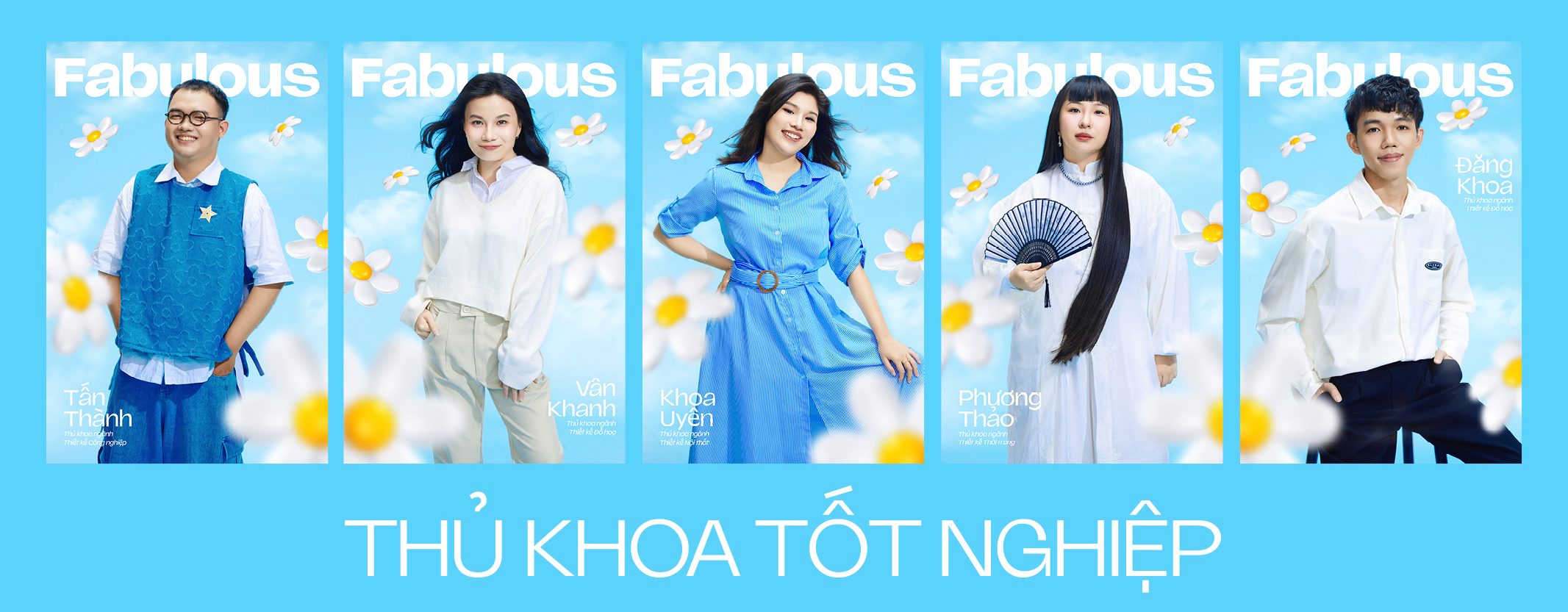INTERIOR DESIGN - ID Course: 7580108
Standard programme
4 years - Bachelor of Arts with major in Interior Design
Interior design is all about how we experience spaces. It’s a powerful, essential part of our daily lives and affects how we live, work, play, and even heal. Comfortable homes, functional workplaces, beautiful public spaces—that’s interior design at work.
Designers craft spaces that anticipate our needs and appeal to our emotions while pulling from a broad set of skills and technical knowledge. Interior design has changed dramatically since the early 20th century when it was just beginning to emerge as a profession.
Interior designers are expected to have the working knowledge of:
- Textiles, materials, color, space planning, sustainability, and more
- Software applications for 2D & 3D computer-aided design (CAD) and building information modeling (BIM)
- Structural requirements, health, and safety issues, and building codes
Today, interior designers work with contractors, architects, engineers, craftsmen, furniture dealers, and business and homeowners. To become a successful interior designer, you need a well-rounded education and the skills to work within many disciplines (architecture; graphic design; decorative arts; and textile, furniture, and lighting design).
POSSIBLE CAREERS IN INTERIOR DESIGN
Career Path: Interior Designer
Related Careers:
- Furniture Designer
- Exhibition Designer
- Stage Designer
- Architecture
- Decorative arts
- Lighting design
In addition to the standard program courses, students of interior design department have the opportunity to participate in other activities such as modeling club, furniture club.., they also have chances to attended at the exciting activities from other departments and university. Our Faculty frequently associates with the following organizations: HAWA (Association of Woodworking Vietnam), companies produce furniture accessories such as Häfele, BLUM, Vinh Tuong, construction companies to help students develop comprehensive knowledge and professional skills.
With its strong professional focus, our Faculty gives you access to internships and designers with real-world experience — invaluable connections that will serve you throughout your career. From 2008, the Interior Design Department held a successful internship program in last semester for interior design students at the Shute University (Taiwan). After graduation, students have more opportunities to receive Master degree scholarships in Taiwan. Recently our graduated students now continue pursuing doctoral research in South Korea and Taiwan.
MODULES
- SEMESTER 1 (YEAR 1)
- SEMESTER 2 (YEAR 1)
- SEMESTER 3 (YEAR 2)
- SEMESTER 4 (YEAR 2)
- SEMESTER 5 (YEAR 3)
- SEMESTER 6 (YEAR 3)
- SUMMER SEMESTER (YEAR 3)
- SEMESTER 7 (YEAR 4)
- SEMESTER 8 (YEAR 4)
| English Community 1 | Skills for sustainable development | Swimming (Compulsory) | National Defense Education - 3rd Course |
| Fundamentals of Informatics 1 | Analyzing the Natural World | Drawing 1 | History of Fine Arts |
| English Community 2 | Learning methods in university | Teamwork Skills | National Defense Education - 1st Course |
| Fundamentals of Informatics 2 | Visual Fundamentals | Drawing 2 | Design Methodology |
| Architectural Drawing | Introduction to composition in decoration | Interdisciplinary projects Trash to treasure design, Fabric design 1, Fabric design 2, Leather 1, Leather 2, Dyeing techniques, Jewelry 1, Jewelry 2, Ceramics 1, Ceramics 2, Wood design, Advanced furniture design, Lighting devices, Event Identity Design, Traditional product and Gift, Poster Design, Editorial Design, Calendar Design, Makeup Arts | |
| English Community 3 | National Defense Education - 2nd Course | Drawing 3 | Perspective Drawing |
| Interior construction and materials | Interior Design Software 1 | Interior Design Principles |
|
| Interdisciplinary projects Trash to treasure design, Fabric design 1, Fabric design 2, Leather 1, Leather 2, Dyeing techniques, Jewelry 1, Jewelry 2, Ceramics 1, Ceramics 2, Wood design, Advanced furniture design, Lighting devices, Event Identity Design, Traditional product and Gift, Poster Design, Editorial Design, Calendar Design, Makeup Arts | |||
| Writing and Presenting Skills | Drawing 4 | Human factors | History of Interior design |
| Lighting Design | Development of Interior Drawing | Presentation techniques | Studio Design 1 |
| The Basic Principles of Marxism - Leninism | Furniture Design (Foundation) | Studio Design 2 | Landscape Design |
| Ho Chi Minh Ideology | Studio Design 4 | Special Courses | Studio Design 3 |
| Interdisciplinary projects Trash to treasure design, Fabric design 1, Fabric design 2, Leather 1, Leather 2, Dyeing techniques, Jewelry 1, Jewelry 2, Ceramics 1, Ceramics 2, Wood design, Advanced furniture design, Lighting devices, Event Identity Design, Traditional product and Gift, Poster Design, Editorial Design, Calendar Design, Makeup Arts | |||
| Graduation Internship |
| Revolutionary Way of Communist Party of Vietnam | Introduction to Legislation | Studio Design 5 | Studio Design 6 |
| Professional Practice & Ethics & Portfolio | Interdisciplinary projects Trash to treasure design, Fabric design 1, Fabric design 2, Leather 1, Leather 2, Dyeing techniques, Jewelry 1, Jewelry 2, Ceramics 1, Ceramics 2, Wood design, Advanced furniture design, Lighting devices, Event Identity Design, Traditional product and Gift, Poster Design, Editorial Design, Calendar Design, Makeup Arts | ||
| Integrated Project or Graduation Thesis |
Note:
- Students who do not pass the English program must take additional English courses depending on their ability, including preparatory English 1, 2, 3.
- Students must meet the required English output standards.
- Students take the MOS certification exam on MS.Word, Excel according to regulations.
SUBJECT INFORMATIONS
- INTERIOR DESIGN PRINCIPLES
-
Interior design principles belong to the major fundamental course. This is an introductory course but the basic concept of interior design. Students will be introduced to the basic knowledge of basic spatial and interior design principles, as well as the concepts of common interior design styles and home furnishing. famous interior designer. Students are also provided with the concepts of functional, durability of an interior space, the interplay between architectural design, interior design, and structural construction.
Theory is based on theoretical background with the goal of designing multiple classroom research reports, home assignments and collaboration with experts in talk shows to help students in addition to taking the basic foundation. In the field of the field approach to reality before entering the design project.
Credits: 3 (3.0) Theory: 45 - Self-learning: 90
- PERSPECTIVE DRAWING
-
Perspective drawing belongs to the major fundamental course. This course is designed to assist students in making 3D drawings of an interior equipment and interior design space. Learn the skills of introducing, communicating, and developing ideas with a number of techniques that demonstrate drawing in interior spaces. Students will explore the steps involved in drawing and displaying the location of the furniture, indicating the direction of light, the color scheme and the material through drawing techniques.
Credits: 3 (3.0) Theory: 45 - Self-learning: 90
- STRUCTURE AND MATERIAL OF INTERIOR
-
Structure and material of interior belong to the major fundamental course. The subject has a two-part:
- The first part (MATERIALS): Towards the concepts, features, and structure of material types, effectively applying to the design of interior or surface decoration products. space interior works.
- Second Part (STRUCTURE OF INTERIOR): Analyze and understand the elements that constitute an architectural work and the components in interior space. Know the structure of the components such as roof, floor, ceiling, walls, walls, doors, windows, stairs ... (structure of each component should be understood: location, meaning, solution materials, joint solution and fabrication, installation methods ...). From there, select and propose the best technical solutions in the renovation, decoration of interior and exterior in a safe way, ensuring the ability, economy, high aesthetic efficiency.
Credits: 3 (2.1) Theory: 30 - Practice: 30 - Self-learning: 90
- DESIGN PRESENTATION TECHNIQUES
-
Design Presentation Techniques belongs to the major fundamental course. This course provides students with presentation skills in order to successfully express the project ideas and let the messages transfer to the viewer effectively. Design Presentation Techniques includes three main parts: Visual presentation, Verbal presentation, and Physical display. Each student will plan and combine with a basic concept of ID Studio 1’s final solution to create a small studio-scale exhibition consisting of all three aforementioned forms of presentation.
Credits: 2 (2.0) Theory: 30 - Self-learning: 90
- INTERIOR STUDIO DESIGN 1
-
The discipline equips students with basic principles in interior design. The house, the principles of detailed design, composition, the structure of the housing. Students will be doing short-term sketching ideas, hand-drawing (pencils, pens, brushes, wax pens, watercolors, etc.), developing skills and design methods. an interior and furniture products. Students use 2D and 3D software to make research profiles, design profiles with the best ideas.
Credits: 3 (2.1) Theory: 30 - Practice: 30 - Self-learning: 90
- INTERIOR STUDIO DESIGN 3
-
The subject helps students understand theories, basic concepts, general rules for organizing workspace. Master the individual standards and design elements for office furniture. The subject also gives students an insight into the relationship between space, equipment, and people, and the psychophysiological study of the user to be able to design an interior that is highly effective for space. job. Equipping with the skills of approaching, identifying, analyzing architectural records and catching up with the trends of using the space of the times to propose design solutions suitable to the social environment and objects.
Credits: 3 (2.1) Theory: 30 - Practice: 30 - Self-learning: 90
- interior studio design 5
-
The course equips students with basic principles in the interior design of the project. Tourist services (restaurants, hotels, resorts, ...), detailed design principles, composition, internal structure Restaurant services Tourism (Restaurant-hotel, resort). Equip students with the skills and methods of designing an interior and interior design. Principles of making a design work design Travel services. Detailed design, composition, the composition of furniture. Use 2D and 3D software to make research profiles, design profiles with the best ideas.
Credits: 3 (2.1) Theory: 30 - Practice: 30 - Self-learning: 90
- OUTDOOR DESIGN
-
The course provides students with basic knowledge of the landscape. This specialized knowledge is very necessary, students will use a lot in the course of business later. Operational skills: Students are able to research and synthesize material on subject areas. Group work skills and themed presentations through classroom exercises. Thinking requirements: Students develop the ability to self-assess, analyze elements of landscape design and apply them to their design.
Credits: 3 (2.1) Theory: 30 - Practice: 30 - Self-learning: 90
- FURNITURE DESIGN
-
This course focuses on teaching the advanced interior products. The principles in the design of seasonal fixtures, trends, colors, materials, ... and the steps to develop ideas and create a collection of furniture... Students provided the techniques detailed of living room furniture, dining room, bedroom, restaurant, shop...
Through the exercise of ideas, research, analysis of materials. Students have at least one field visit to a furniture factory or a specialized household furniture company to report and discuss the application of ideas to produce products.
Credits: 3 (2.1) Theory: 30 - Practice: 30 - Self-learning: 90
- PORTFOLIO
-
The preparation of a professional portfolio is an essential part of transitioning from graphic design student to working designer. A strong professional portfolio can also provide an important foundation for the development of a successful future design career. The course assignments will give students guidance in improving their current student portfolio pieces, developing new portfolio pieces, and presenting their work, and themselves, to prospective employers in a compelling way.
Credits: 3 (3.0) Theory: 45 - Self-learning: 90
- GRADUATION THESIS
-
Graduation thesis is conceived as a loose framework within which each student’s visual method is deployed across many diverse projects during the pass courses of study. While every thesis project is unique, there are several common features: a focus on methodology, the application of a visual method to studio work, and the organization of the work in a thoughtfully argued written document. The thesis includes a theoretical dissertation, in-depth study associated with the practice of creating multiple designs based on the previous research. Students who have excellent projects can continue to study for master or the doctoral degree.
Credits: 8 (0.8) Theory: 240 - Self-learning: 240
- ARCHITECTURAL DRAWING
-
Architectural drawing belongs to the major fundamental course. The program provides participants with a solid introduction to standard residential building design, details of planning and drafting procedures, conventions and documentation practices. You will engage in drawing studio activities to develop an understanding of associated drawings and the graphics techniques. The program incorporates lectures, discussions, demonstrations, presentation and practical application of techniques.
Credits: 3 (3.0) Theory: 45 - Self-learning: 90
- Design Methodology
-
Design Methods belongs to the major fundamental course. Design Methods provides students with the basement of design working process from the problem identify phase, planning, idea developing to 2D, 3D drawing and general evaluation. Within the design developing cycle, Design Methods for Interior design students will mainly focus on the problem investigating and identifying phase with a short project-based exercise.
After the course, students will be able to establish a detailed research plan when approaching a design-oriented problem using appropriate design research methods in order to get information to produce design decisions for the next step.
Credits: 3 (3.0) Theory: 45 - Self-learning: 90
- INTERIOR DESIGN HISTORY
-
Subject History of Interior in the discipline of the discipline. Study the birth and development of the history of interior design and design, explore past cultures to understand the origin and meaning of today's building environment.
The subject also helps learners to study the striking styles of interior design history, the connection of styles with different cultures and the inseparable relationship between interior and ants. Architecture and decorative arts. Study design history over a period of 6,000 years, from prehistoric to modern times through iconic buildings, interiors and world-renowned designers.
Credits: 3 (3.0) Theory: 45 - Self-learning: 90
- ERGONOMICS HUMAN FACTORS
-
This course will offer students with the fundamental understanding of human factors involved in any type of product and space design. Students will understand and be able to develop design thinking and critical thinking skills when approaching a design or an interior space from the usage aspects; be able to identify whether an interior design is appropriate for a certain circumstance of use which encourages them to further suggest a better solution.
Credits: 2 (2.0) Theory: 30 - Self-learning: 90
- INTERIOR STUDIO DESIGN 2
-
The course introduces the art of displaying the spaces of the fair-exhibition, the shop. Providing research methods to decorate the fair space, shops, and design in the art of display and exhibition. Students will also learn the principles of exhibition booths, shops, geometry for the size of shelves, furniture in the space for displaying goods. The visual appeal of the display window, the use of color science, and the basic layout of a product display space are also noted in the design process.
Credits: 3 (2.1) Theory: 30 - Practice: 30 - Self-learning: 90
- INTERIOR STUDIO DESIGN 4
-
This subject will help students study the types of educational projects such as kindergarten-kindergarten, primary school, high school, university, culture house ... through teacher lectures, magazines, the internet, visit the actual works. Students will be selected for the design style, architectural profile, type of work and research done on how to develop ideas, organize a space education work. The human element, function, and standards of color, material, light... of a standard education are also emphasized in this subject.
Credits: 3 (2.1) Theory: 30 - Practice: 30 - Self-learning: 90
- INTERIOR STUDIO DESIGN 6
-
Equipping students with basic principles in the interior design of performances (Theater, Cultural Palace, Game Show, Event, Performing Theater, etc.). Students learn the detailed design principles, composition, the interior structure of performances, overview of performances, types of works performances, functional areas in the project. In addition, the subject also provides knowledge of space organization, interior design methods, materials, sound, lighting... in a space that emphasizes visual impression.
Credits: 3 (2.1) Theory: 30 - Practice: 30 - Self-learning: 90
- LIGHTING DESIGN
-
This course introduces the principles and principles of interior lighting, the aesthetic, psychological, and functional aspects of lighting that will be effectively addressed by those principles. Students learn the principles of lighting design including standard fact information on lights, fixtures, calculations, layouts, and how to use them in interior design. In addition, through the process of reviewing and testing ideas, the lighting design project will be conducted to select the most appropriate ideas.
Credits: 3 (2.1) Theory: 30 - Practice: 30 - Self-learning: 90
- SPECIAL COURSE
-
Special Course belongs to the supporting course group that is built to add value to the main projects as well as to provides students with updated knowledge via short projects. The range of topics for Special Course may vary depends on semester with design experiments, intensive design thinking on a particular design-oriented problem, etc.
Credits: 3 (3.0) Theory: 45 - Self-learning: 90
- GRADUATION INTERNSHIP
-
Through a guided self-directed initiative, the senior student will research, propose and contact a practicing professional in an individual studio, gallery, educational institution or professional organization to search out an intern position. This actual "real world" work experience will develop networking abilities and provide the student a glimpse into the design studio or art related environment and prepare the emerging artist/designer for employment upon graduation.
Credits: 2 (2.0) Theory: 30 - Self-learning: 60
- INTEGRATED PROJECT
-
This course forms the final capstone experience of your undergraduate studies. In this, students will take the project plan and pre-production work that they have completed previously and adopt a quality framework which will lead to the publication of a final folio piece. Students will have developed a heightened understanding of the broader social, professional and cultural significance of their discipline area. Students will be expected to combine this knowledge and work towards publication of a final deliverable which is above and beyond anything they have achieved in your previous modules.
Credits: 8 (0.8) Theory: 240 - Self-learning: 240
Start your own practice, work for a small or large firm, or specialize in a particular skill (such as lighting) or a specific area (such as hospitality). The possibilities are endless—and they’re expanding every day. 100% of our graduate students were employed or pursuing further education within six months of graduation (2016-17 academic year).
